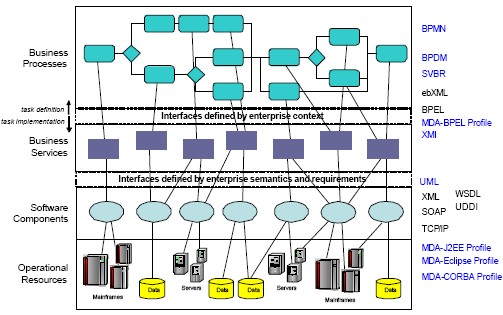Sometimes the whole social networking phenomena still manages to surprise me. Last week was DemoCamp6, put on by my friend and neighbour David Crow. I missed it due to a bad head cold, but emailed him on Saturday to get some information and he sent the info with the comment “Sorry I missed you at DemoCamp, I had a bad day (a very bad day).” I figured that his “bad day” was just logistics problems with DemoCamp, but found out differently when I read his blog yesterday about how he had a heart attack while setting up for DemoCamp. I immediately emailed him to say that reading about it in his blog was weird (to say the least), and he responded “Welcome to web 2.0… it seemed like a perfectly useful way to diseminate the information.” My best wishes are with Dave, and I’ll pop upstairs to see him as soon as my cold is gone, but I have to admit that reading about it in his blog makes me laugh — he even has shots of his angiogram on Flickr.
On a separate social networking note, thanks to all of you who left comments for my 83-year-old blogging mom on her birthday last week. Some friends and family, but lots of complete strangers who just read about it here and decide to make her day. She declared it “amazing”. It’s not too late to go over there and leave a happy birthday comment if you’re so inclined.
My last surprise came from Assaf of co.mments, a free conversation-tracking service that I mentioned last week. He added a comment to my post thanking me for the link, and I commented back that I had found that the service didn’t work with https URLs. Less than eight hours later, he responded that he could do that, and an hour after that, tracking of https URLs became part of co.mments. Now that’s Web 2.0!

